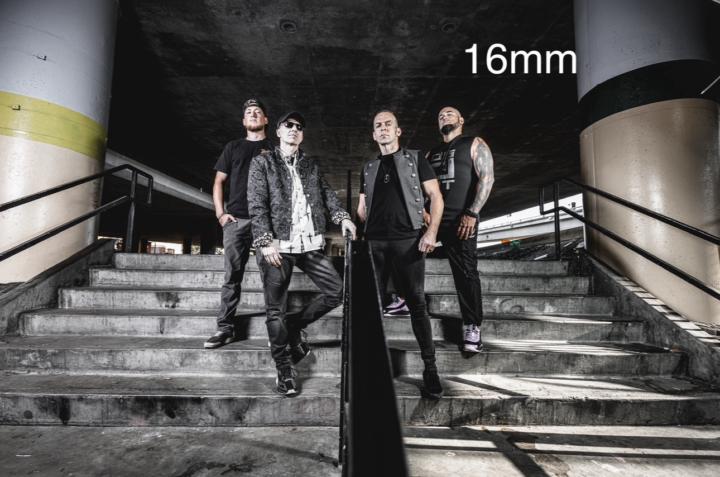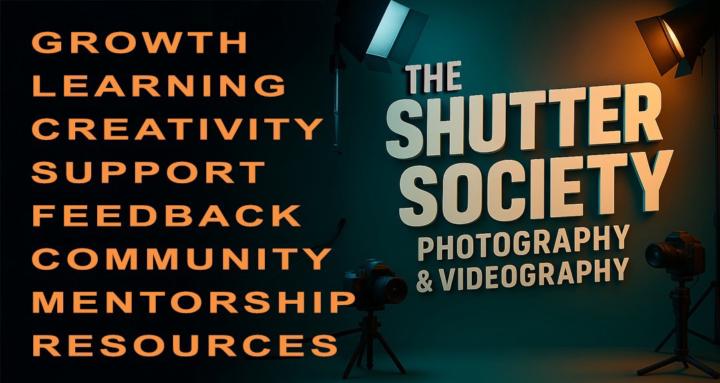
Write something
Bad Lighting + Your Camera = Horrible Footage!
Lighting can make or break your video. Whether you're shooting inside, outside, or somewhere dark, bad lighting can mess up an otherwise great shot. Here are some common lighting problems you’ll run into—and how to fix them. 1. Low Light Environments - Issue: Grainy footage, loss of detail, poor focus. - Fix:Use fast lenses (with wide apertures like f/1.8 or f/2.8).Increase ISO carefully to avoid noise.Use portable LED lights or on-camera lights.Stabilize your camera for longer exposure times if needed. 2. Harsh Sunlight Outdoors - Issue: Overexposure, harsh shadows, and blown-out highlights. - Fix:Use ND (neutral density) filters to reduce light entering the lens.Shoot during golden hour (early morning or late afternoon).Use reflectors or diffusers to soften shadows. 3. Mixed Color Temperatures (Indoor + Outdoor Light) - Issue: Inconsistent white balance and unnatural skin tones. - Fix:Set a custom white balance based on your primary light source.Use gels to color-match artificial lights.Turn off competing light sources when possible. 4. Backlighting - Issue: Subject appears too dark or silhouetted against bright background. - Fix:Use fill light or bounce light to illuminate the subject.Increase exposure slightly while keeping highlight details in check.Use a reflector or white surface to bounce natural light onto the face. 5. Flickering Lights - Issue: Certain indoor lights (like fluorescents or LEDs) flicker at high shutter speeds. - Fix:Match your camera’s shutter speed to the local electrical frequency (usually 1/50 or 1/60).Avoid slow-motion under artificial light unless you’ve tested for flicker.Use high-quality, flicker-free lighting equipment. 6. Flat Lighting - Issue: No depth or dimension in the scene; looks dull or lifeless. - Fix:Use three-point lighting: key light, fill light, and backlight.Position lights at angles to create shadows and depth.Adjust light intensity and placement to shape the subject’s features.
4
0
Understanding Lens Compression and Wide-Angle Distortion
Let’s explore the concept of compression in photography Compression refers to the way a lens affects the perceived distance between objects in an image. This effect is largely influenced by the focal length of your lens. Wide-Angle Lenses and Distortion Wide-angle lenses (typically under 50mm) can create a unique effect on your subject and background. The shorter the focal length, the more exaggerated the perspective becomes. Lenses under 35mm are considered super wide-angle, and they can introduce noticeable distortion, especially near the edges of the frame. For example: - A 14mm to 16mm lens, commonly used in real estate photography, captures more of a space, making rooms appear larger than they are in person. This is why properties often look much smaller when viewed in real life. (Your eye sees at about 50mm) - These same lenses, however, can make people look distorted or unflattering if used for portraits, but can be artistic when throwing things in the foreground (like a foot or hand) for distorted depth perception. Creative Uses of Wide-Angle Distortion While distortion can be undesirable in some settings, it can also be used artistically. Many photographers use wide-angle lenses intentionally to add a gritty or dynamic feel to their images. For example, in band photography, distortion can add an energetic, edgy look that transforms a plain shot into something much more compelling. Key Focal Lengths to Know: - 16mm to 35mm: Wide-angle range (with 16mm being on the super wide side) - 50mm and above: Considered standard or telephoto, depending on the length Here are a few examples of wide-angle photos. Once I get a model in, I’ll post headshot examples at various focal lengths so you can have a visual of the differences.

1-2 of 2
powered by

skool.com/level-up-visual-imagery-8955
A vibrant community for photographers and videographers to learn, grow, share, and master their craft - TOGETHER!
Suggested communities
Powered by

